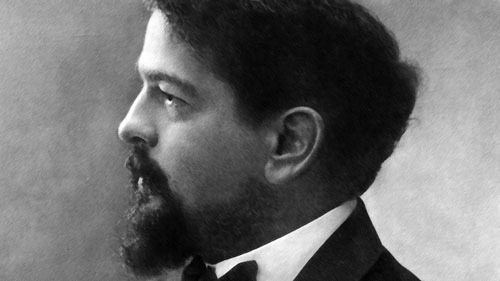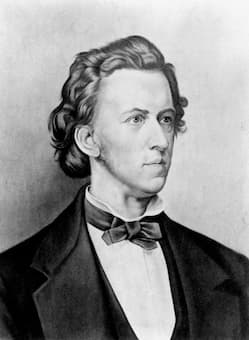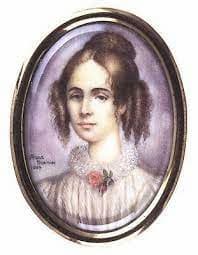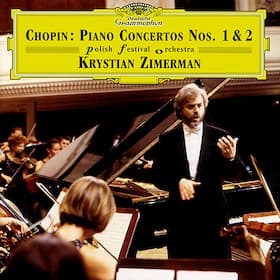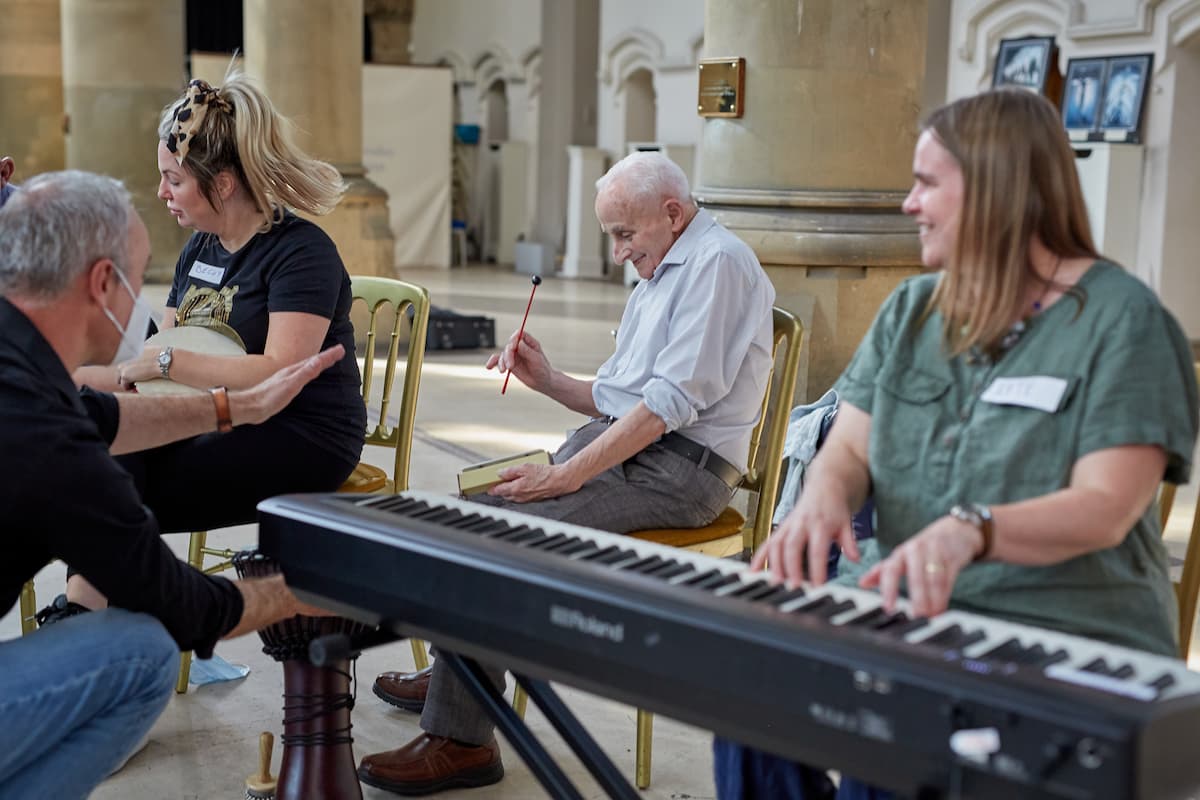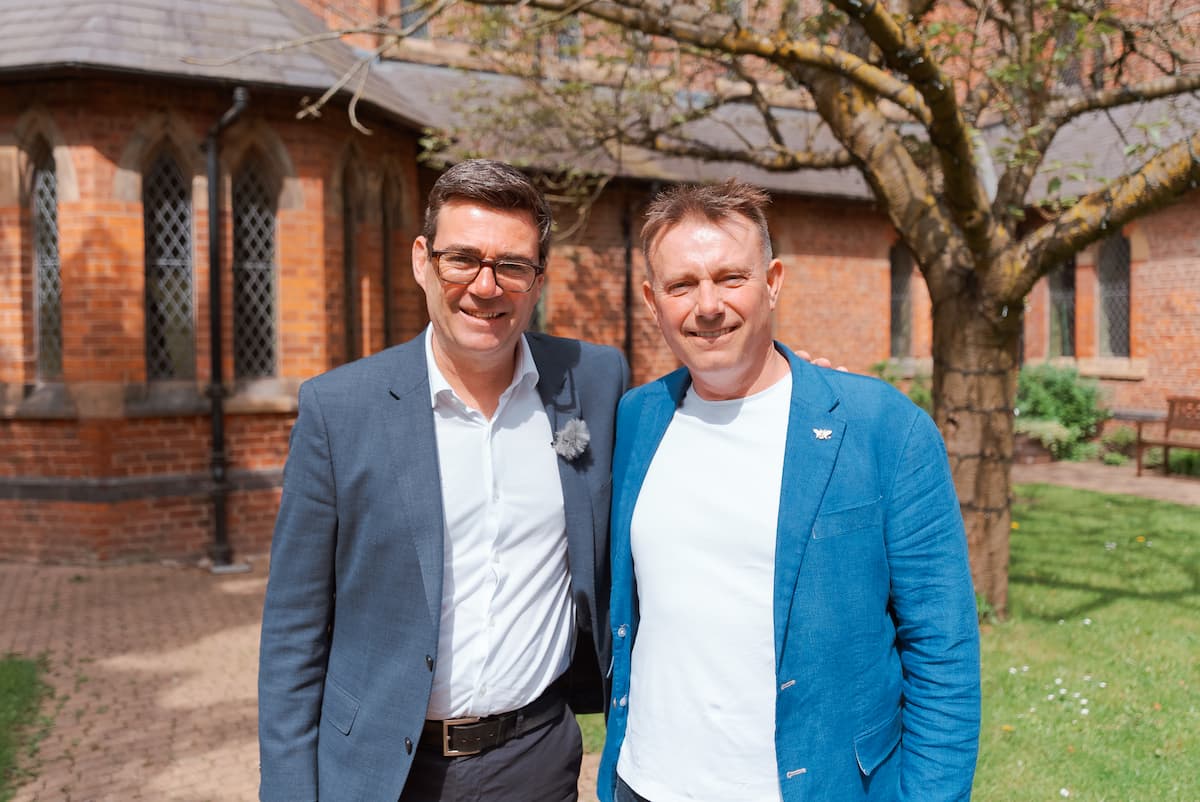"Philippine Classical Music" generally refers to 19th-20th century instrumental and vocal works by Filipinos made with the influence of Western music movements, notably of romanticism, post-romanticism, impressionism, and many others.
Among the major Philippine contemporary composers are Francisco Santiago, Nicanor Abelardo, Antonio Molina, Col. Antonino Buenaventura, Lucio San Pedro, Alfredo Buenaventura, and Ryan Cayabyab
Francisco Santiago Santiago (January 29, 1889 – September 28, 1947) was a Filipino musician, sometimes called The Father of Kundiman Art Song.
Life
Santiago was born in Santa Maria, Bulacan, Philippines, to musically minded peasant parents, Felipe Santiago and Maria Santiago. In 1908, his first composition, Purita, was dedicated to the first Carnival Queen, Pura Villanueva, who later married the distinguished scholar Teodoro Kalaw.
He studied at the University of the Philippines (UP) Conservatory of Music, in its original campus in Manila, obtaining a degree in Piano in 1921, and a degree in Science and Composition in 1922. He went to the United States to pursue further education. He first obtained his master's degree at the American Conservatory of Music in June 1923, and finally a Doctorate degree at the Chicago Musical School in August 1924. He is the first Filipino musician to attain a doctorate degree.
He became the director of the UP Conservatory of Music in 1930, after the entire music faculty and students of the conservatory protested for the removal of the previous director, Alexander Lippay, for alleged harassment of students and musicians. Santiago is the first Filipino director of the Conservatory.
In 1934, the President of the university, Jorge Bocobo, launched a committee to collect and document folk songs of the Philippines. Francisco Santiago was named the chair of the committee. Part of this committee were dancer Francisca Reyes-Aquino, who notated numerous folk dances and compiling them in several books, and composer Antonino Buenaventura, who transcribed numerous folk music, including those accompanying the dances recorded by Reyes-Aquino.
In 1937-1939 Santiago would compose his masterpiece - the "Taga-ilog" Symphony in D Major. It is one of the first Filipino classical works to feature Philippine instruments such as the gangsa and sulibaw.
Plagiarism case
In 1939 he was faced with a plagiarism lawsuit by another Filipino composer Jose Estella. According to Estella, Santiago stole a melody from Estella's 1929 work Campanadas de Gloria and incorporated it in Santiago's 1939 song Ano Kaya ang Kapalaran. However, the investigation found out that both Estella and Santiago's melodies were influenced by the folk song "Leron, Leron Sinta" and that Estella's Campanadas de Gloria also contained several quotations from other composers, therefore breaking Estella's claim. The court decided in favor of Santiago in 1942.[2]

War years[edit]
During the Japanese occupation of the Philippines the University of the Philippines was closed down by the invading Japanese forces. In 1942, Francisco Santiago became music director of the newly established New Philiippines Symphony Orchestra - created to replace the Manila Symphony Orchestra who refused to play under the Japanese rule. In 1943 he suffered a heart attack and his hand and arm were later paralyzed in an illness.
On February 5, 1945, during the Liberation of Manila, while the family was escaping their neighborhood due to constant bombing, a cart full of Santiago's compositions and manuscripts caught fire near the burning Quiapo Church. The family eventually escaped the shelling, but most of Santiago's compositions were destroyed.
Death
After the war in 1946, he was named Professor Emeritus by the University of the Philippines. He died one year later on September 28, 1947, and was buried in Manila North Cemetery.
Jose Estella (1870 - 6 April 1943) was a Filipino composer and conductor who was known for his title as the "Philippine Waltz King".[Besides composing waltzes, he also became one of the major contributors of localizing Spanish zarzuelas from 1890s to 1900
Jose Estella was born in Escolta, Manila in 1870. After studying and graduating from the Madrid Conservatory, he returned to the Philippines and pursued a career in music. In Manila and Cebu, he conducted several orchestras. In Manila, he had a teaching career as a piano instructor. He spends his time studying history, visiting different Filipino provinces and exploring the local folk music. In Cebu, he was director of the Municipal Band where he started to gain recognition.Estella also became a director of the Rizal Orchestra, founded in 1898.
Estella became involved with a plagiarism case in 1939 with Francisco Santiago over which he complains that Santiago copied his Campanadas de Gloria. In the end of the investigation, it was revealed that they both get inspiration from the same folk song named "Leron Leron Sinta".
He died on April 6, 1943, and throughout his lifetime, he composed more than 100 waltzes hence he is given the title, "the Philippine Waltz King". There are no information regarding his personal life except he has a son named Ramon Estella, a film director.
Notable works
Ang Maya
Composed in 1905, it was a piece from Estella's zarzuela, "Filipinas para los Filipinos" with Severino Reyes as librettist The piece represented the everyday life of the common people in the Philippines, thus predating some works by other composers who graduated from UP Conservatory of Music in the 1920s. Severino's youngest son, Pedrito, said that the song was inspired by the maya chirping in the trees near his father's summer hut. Estella's "Filipinas para los Filipinos" was a satire made by the composer as a reaction to an American Congress bill banning American women from marrying Filipino men.
La Tagala
Originally composed for piano in 1890s and 1900s, the waltz is a collection of Filipino folk songs such as Balitaw, Hele hele, Kundiman, Kumintang, etc. It was dedicated to the Tobacco Company Germinal. One of its notable performance was on a concert night of November 1899.
Filipinas Symphony (1928)
Jose Estella's Filipinas Symphony is the first Filipino Symphony by modern scholarly consensus.[2][8][11] Although not much was known about the information of the piece, according to sources, the symphony was based on the Filipino folk song "Balitaw" meanwhile the Slow Movement (Adagio) was based on another folk song "Kumintang".
Other Works
California March (Ragtime)
El Diablo Mundo - First performed at the inauguration of the Teatro Zorrila on October 25, 1893, this zarzuela was described to have a dark and gloomy atmosphere.
Los Pajaros[
Katubusan (Fox-Trot)
My Dreamed Waltz

.jpg)

